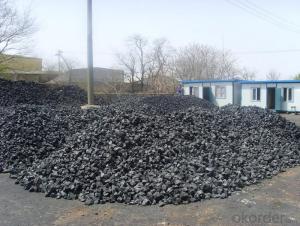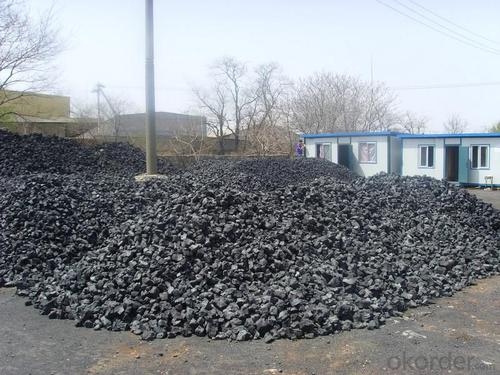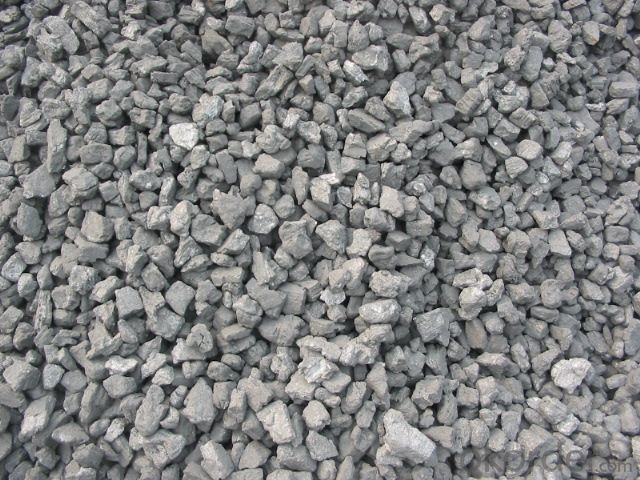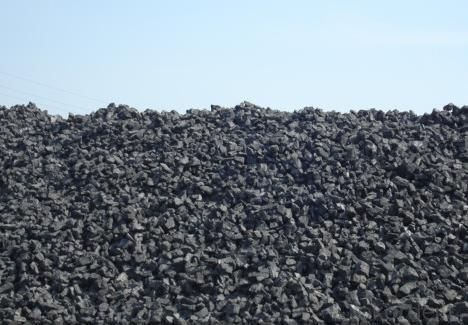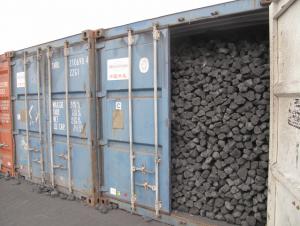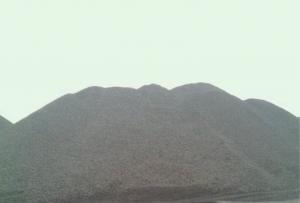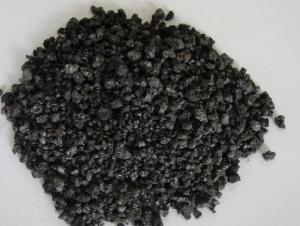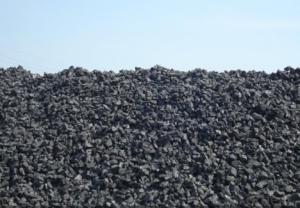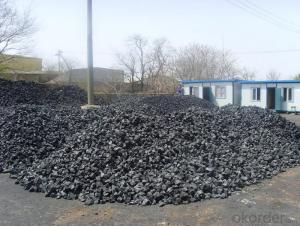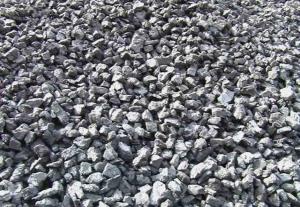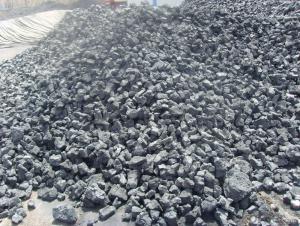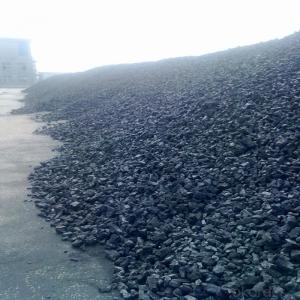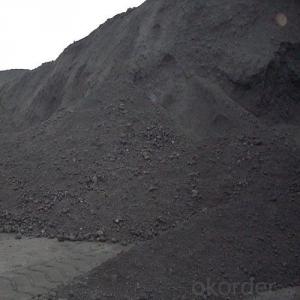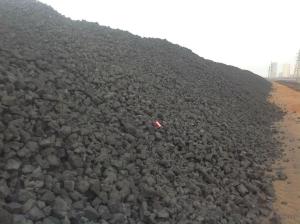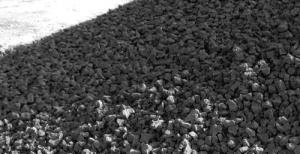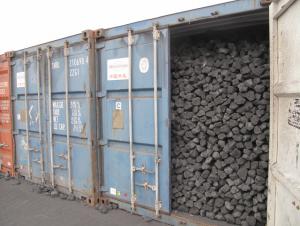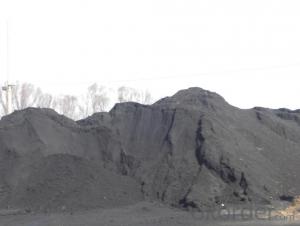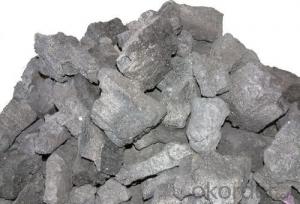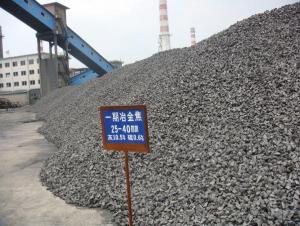Metallurgical Coke of Coke Strength after Reactivity 64
- Loading Port:
- Tianjin
- Payment Terms:
- TT OR LC
- Min Order Qty:
- 100 m.t.
- Supply Capability:
- 3000 m.t./month
OKorder Service Pledge
OKorder Financial Service
You Might Also Like
1. Structure of Metallurgical Coke of Coke Strength after Reactivity 64 Description:
Coke is mainly used for blast furnace ironmaking and used for copper, lead, zinc, titanium, antimony, mercury and other non-ferrous metal smelting of blast furnace, reducing agent, compound and the function of stock column frame.
Our country's metallurgical industry has a long history, is the original fuel charcoal smelting industry, due to the charcoal burning temperature is lower, and short duration of fire and not easy to master hour, therefore, directly affect the level of smelting, to make the steel quality is not guaranteed. Later, people use coal as smelting, coal combustion temperature is higher, and the combustion duration is longer than charcoal, but easily broken after coal is heated in the oven, affect the burden of permeability, and high content of sulfur in coal, directly affect the quality of the cast iron. After a period of practice, it has been found that the coal after dry distillation (i.e., separated flame heating), volatile components may be removed, and the porosity increased, resembling charcoal, fire is better than that of coal, but also can avoid charcoal and coal. This after carbonization of coal is coke.
2. Main Features of the Metallurgical Coke of Coke Strength after Reactivity 64:
• Quality assurance
• Mutual benefit
• Preferential price
• Various choice
3. Metallurgical Coke of Coke Strength after Reactivity 64 Images:
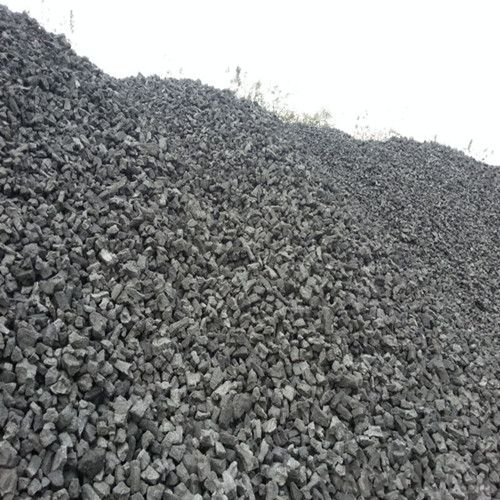
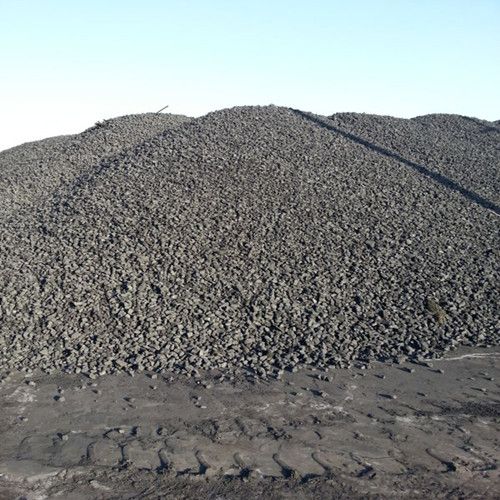
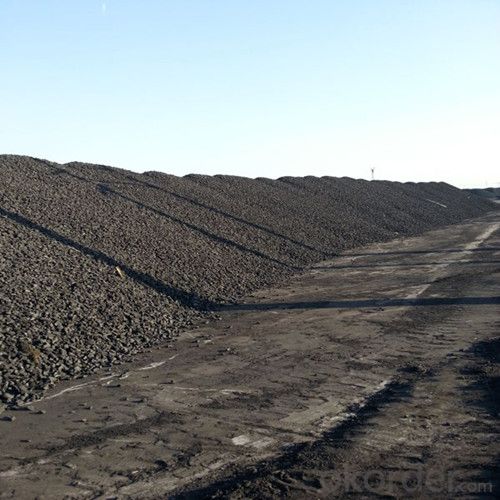
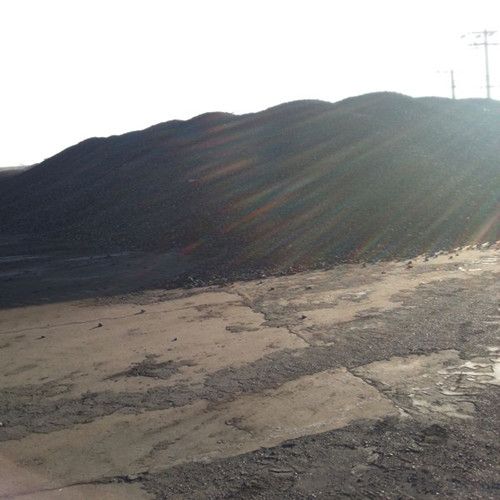
4. Metallurgical Coke of Coke Strength after Reactivity 64 Specification:
Parameters | Guarantee | Rejection |
Total Moisture (As received basis) | 5% max | |
Ash (dry basis) | 12.5% max | > 13.5% |
Volatile Matter (dry basis) | 1.5% max | > 1.8% |
Sulphur (dry basis) | 0.65% max | > 0.75% |
Phosphorus (dry basis) | 0.035% max | > 0.045% |
M10 | 7% max | > 9% |
M40 | 84% min | <82% |
CSR | 64% min | <62% |
CRI | 26% max | > 28% |
Size 30-90 mm | 90% min | |
+90 mm | 5% max | > 8% |
-30mm | 5% max | > 8% |
5. FAQ
We have organized several common questions for our clients,may help you sincerely:
1) How to guarantee the quality of the products?
We have established the international advanced quality management system,every link from raw material to final product we have strict quality test;We resolutely put an end to unqualified products flowing into the market. At the same time, we will provide necessary follow-up service assurance.
2) How about your company?
Our company began to export coke when China cancelled 40% of coke export tariffs and quotas on January 1, 2013. We export many kinds of coke, such as CSR60 % and CSR 62% metallurgical coke (met coke), the NUT coke of 20 to 50 mm, coke breeze of 3 to 6 mm, and so on.
3)Main type
Metallurgical coke is blast furnace coke, coke, iron alloy and nonferrous metal smelting with coke. As more than 90% of the metallurgical coke for blast furnace ironmaking, so often called the blast furnace coke metallurgical coke.
Foundry coke is dedicated to cupola molten iron. Coke is the main fuel of cupola molten iron. Its role is hot metal melting furnace charge and overheating, support stock column maintain its good air permeability. As a result, coke blocks should have large, low reactivity, low porosity, with sufficient impact crushing strength, ash content and low sulfur content.
In China, "natural coke" used as a fuel. Underground coal seam spontaneous combustion, and can also form natural coke. Natural coke, the grey to dark grey color, more porous, can sometimes show hexagonal prism shape. Compared with artificial coke, weight big, small porosity, density.
- Q: The difference between coal and coke
- The production of coke products in general is mainly based on high temperature carbonization, and the carbonization temperature usually needs about 1000 degrees celsius. After years of development, the current large-scale coke furnace equipment and technology is relatively mature, have equipment to improve the yield so as to achieve large-scale production conditions, coke furnace built in recent years, each with a yield of about 500 thousand tons, the highest can be even more than 1 million tons / year, such as the recent launch of mine international coking plant two chamber coke oven 7.63 m, each with a yield of 1 million 100 thousand tons per year.
- Q: Coke belongs to the coal industry
- Classification and code (2002 Edition) code 25 petroleum processing, coking and nuclear fuel processing industry classification and code (2002 Edition) A agriculture, forest, animal husbandry and fishery 23 printing and record medium reproduction 4900 building decoration 01 24 agricultural stationery and sporting goods manufacturing 50 other building 02 forestry 25 oil processing and coking and nuclear fuel processing F transportation
- Q: What is the reasonable standard of volatile content of coke
- 11% of the sulfur from the blast furnace charge into the furnace comes from the ore, and the other comes from the limestone; the other is from the coke, so the coke is the main source of sulfur in the charge of the 82.5% of the charge. Sulfur content in coke directly affects the production of blast furnace. When the sulfur content in coke is greater than 1.6%, sulfur increased 0.1%, the amount of coke increased 1.8%, limestone amount increased 3.7%, 0.3% increase in amount of ore blast furnace output to reduce the sulfur content under 1.5 - 2.0%. metallurgical coke is not greater than 1%, the use of large and medium-sized metallurgical coke content in blast furnace is less than 0.4 - 0.7%.
- Q: Types of coke and use of coke
- Generally speaking, the use of coke in the following industries: blast furnace ironmaking, mechanical casting, calcium carbide production, processing Ferroalloy, chemical fertilizer, gas and high-tech high value-added industries
- Q: Coke is divided into several kinds of specifications ah
- Use:Fixed carbon above 83; sulfur below 0.5; volatile below 1.5; about 15 ash coke for metallurgical e: mechanism: {; applied to steel coke particle size 8cm-150cm:{} with hot metal; for motor shell, radiator, mechanical counterweight cast char: {of} fertilizer for hot metal; coke bulk modified casting shell, radiator, electric}: {mechanical counterweight for ordinary casting furnace;} machinery parts and other parts suitable for roughly 2-3.5 tons of coke particle size for 25cm:{type common casting and casting products slightly strict; such as fire pump pipe fastener} fixed carbon above 85; volatile ash 13.5 1.5.; the following: 0.5; sulfur with coke particle size above 8cm for ordinary casting: {} 25cm {type coke particle size; for precision casting and ductile casting improved coke}:
- Q: How coal is turned into coke in the coking chamber
- The kiln chamber wall set to continue burning, and some heat incoming kiln (indirect heating). High temperature gas flow (800 DEG C, is mixed with coal pyrolysis, chemical products into the fabric of unburned.
- Q: I don't understand. With coke, then the rest of the coke, they are selling it?
- If most of the solid fuel is burning coal, but coking coal, which is very strong viscosity of coal is not good, it is very interesting to use the individual plant with it, the purpose is to change the fuel characteristics.Coking coal and coke, commonly used in metallurgical industry.Coal will be heated to a process of coke, but you really want to get coke, to specialized production. Power plants do not produce coke, they only have gray coke
- Q: How many degrees of coke ignition temperature can ignite coke
- Ignition temperature (450-650) in air;The main physical properties of coke are as follows:True density is 1.8-1.95g/cm3;Apparent density of 0.88-1.08g/ cm3;
- Q: What are the criteria for coke classification and how to distinguish between primary and two grade coke?
- Quality index of cokeCoke is the solid product of high temperature carbonization, the main ingredient is carbon, is the pore structure has a crack and irregular (or pore porous). The crack number directly affects the coke strength and crushing strength, the index generally refers to the unit volume of the crack (crack number within the coke grain length). To measure the pore structure of the main indicators to measure with porosity (only coke pore volume accounted for percentage of the total volume) that it affects the coke reactivity and strength. The different uses of the coke porosity index for different requirements, the general metallurgical coke gas hole rate in 40 ~ 45%, foundry requirements in 35 ~ 40%, coke export requirements in 30%. Coke crack degree and the porosity level, and the coking coal has a direct relationship, such as coal based coke refining, crack, high porosity, low strength and coking coal as a base; Coke coal refining. Crack less, low porosity and high strength. The strength of coke is used to denote the crushing strength and abrasion resistance of two indicators. The coke crushing strength is that coke can resist foreign impact force without ability along cracks or defects at the broken table, shown by M40 wear; strength of coke coke refers to the ability to resist external friction without surface of glass forming debris or powder, by the M10 value. The effect of the crack of coke crushing strength, M40 value, M10 value and abrasion strength influence of coke pore structure. M40 and M10 were determined by lot. In China the migon drum test in Germany.
- Q: The two day of the fire is not wang you have a good way to have any good way. Such online
- Coke obtained from high temperature coking for blast furnace smelting, casting and gasification. Coke oven gas produced in the process of coking and recovery is not only a high calorific value of fuel, but also an important industrial raw material for organic synthesis.
Send your message to us
Metallurgical Coke of Coke Strength after Reactivity 64
- Loading Port:
- Tianjin
- Payment Terms:
- TT OR LC
- Min Order Qty:
- 100 m.t.
- Supply Capability:
- 3000 m.t./month
OKorder Service Pledge
OKorder Financial Service
Similar products
Hot products
Hot Searches
